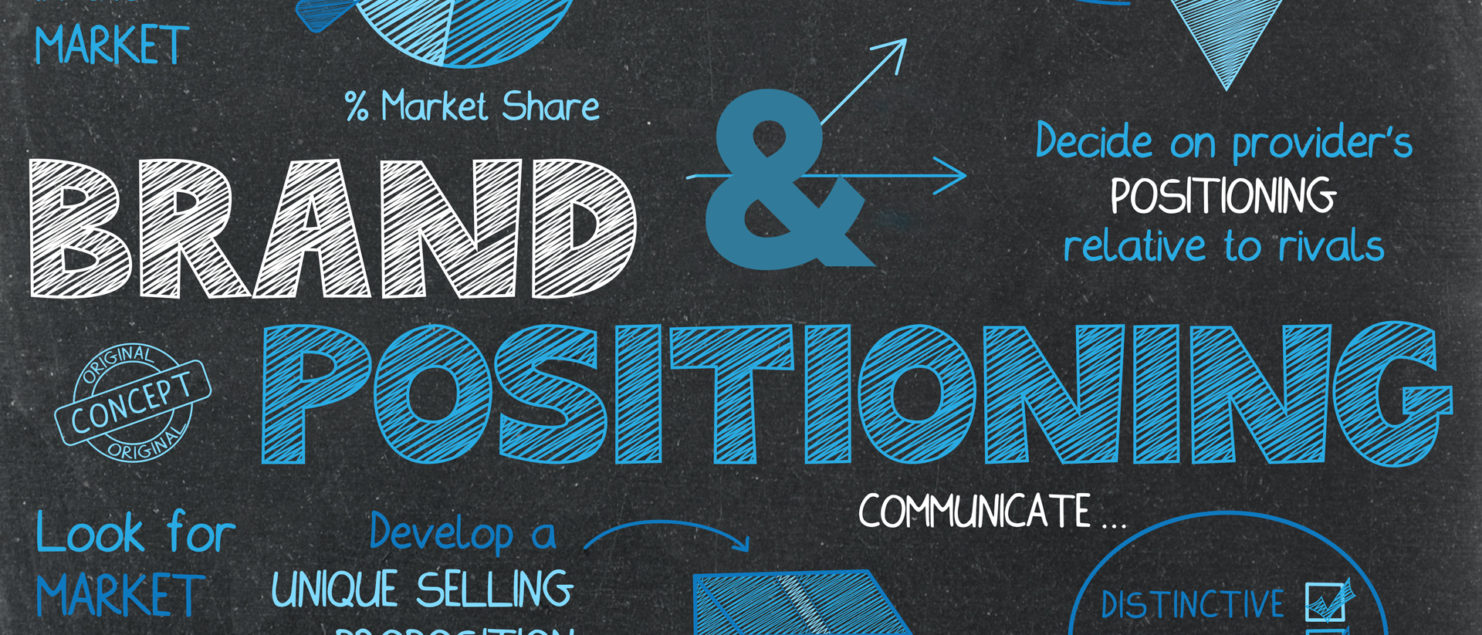What’s the Difference Between Branding and Positioning?
After nearly four decades in the branding business, we have had our share of client success stories when it comes to our proprietary branding model. However, we never seem to hear enough about the importance of positioning. Let’s jump right in and discuss the differences and the importance of marriage between both tactics for any organization.
Branding and positioning are both important tactics in marketing, and while they are related, they refer to different aspects of an organization’s overall marketing strategy. Let’s go over the differences between these two concepts:
Branding
Branding is the process of creating a unique and recognizable identity for a product, service, company, or organization. It involves a combination of visual elements (such as logo, colors, typography) and intangible elements (such as brand values, vision, mission, personality) that help establish a strong and memorable image in the minds of consumers. Branding is not just about an organization’s products or services, but also about the emotional connection and perception that consumers have towards the brand.
Core Aspects of Branding
Visual Identity: This includes the logo, color palette, design elements, and overall visual style that represent the brand.
Brand Messaging: The tone of voice, messaging, and taglines (positioning statements) that communicate the brand’s value-added proposition (values, benefits, and personality) — IE: What makes it different.
Brand Recognition: The ability of audiences to easily identify and associate the brand with its products or services.
Brand Equity: The overall value and reputation of the brand that influences consumer perceptions and willingness to pay premium prices.
Positioning
The process of establishing a distinct and favorable place for a product, service, or brand in the minds of the target audience within a competitive market. It’s about how a company wants its target audience to perceive its offering relative to its competitors. Positioning aims to highlight the unique value and benefits that set the product or brand apart from others in the same category.
Core Aspects of Positioning
Target Audience: Identifying and understanding the specific group the product or brand aims to serve.
Differentiation: Highlighting the unique features, benefits, or attributes that make the product or brand stand out from the competition.
Relevance: Ensuring that the positioning aligns with the needs, desires, and preferences of the target audience.
Competitive Analysis: Evaluating the strengths and weaknesses of competing products or brands to identify opportunities for differentiation.
Consistency: Maintaining a consistent message and positioning across all marketing efforts to reinforce the intended perception.
In conclusion, branding is the broader umbrella that encompasses various elements aimed at creating a strong and recognizable identity (brand equity), while positioning is more specific and focuses on how a product or brand is strategically placed in the minds of consumers within a competitive landscape (value-added proposition). Both branding and positioning work together to help an organization effectively communicate its value and connect with its target audience.
Here are some examples of branding and positioning case studies from HCP Associates:
If you want a free one hour consultation about your brand or position with one of our experienced consultants, please contact us today at 813-318-0565 Ext. 104 or by e-mail at epolins@hcpassociates.com.






